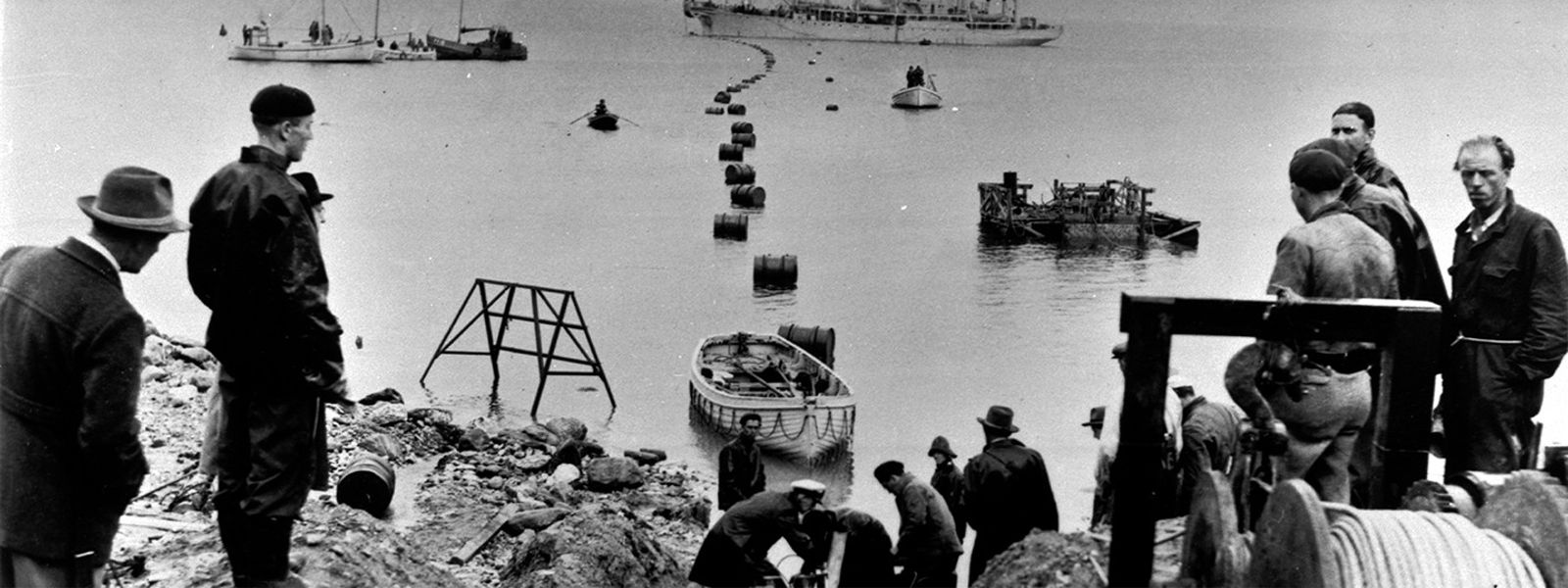
Gotland, Sweden
Our pioneering HVDC transmission cable system was laid in 1953, between Västervik and Ygne. The link had a rated voltage of 100 kV (kilovolt) and a transmission capacity of 20 MW (megawatt).
- References
- Gotland, Sweden
Key Facts
Scope
The project
The island of Gotland is connected to the Swedish mainland by a submarine cable system.
The solution
The turnkey project included the design and engineering as well as the manufacturing, testing, cable-laying and installation of the ground breaking HVDC cable system.
Loading...




